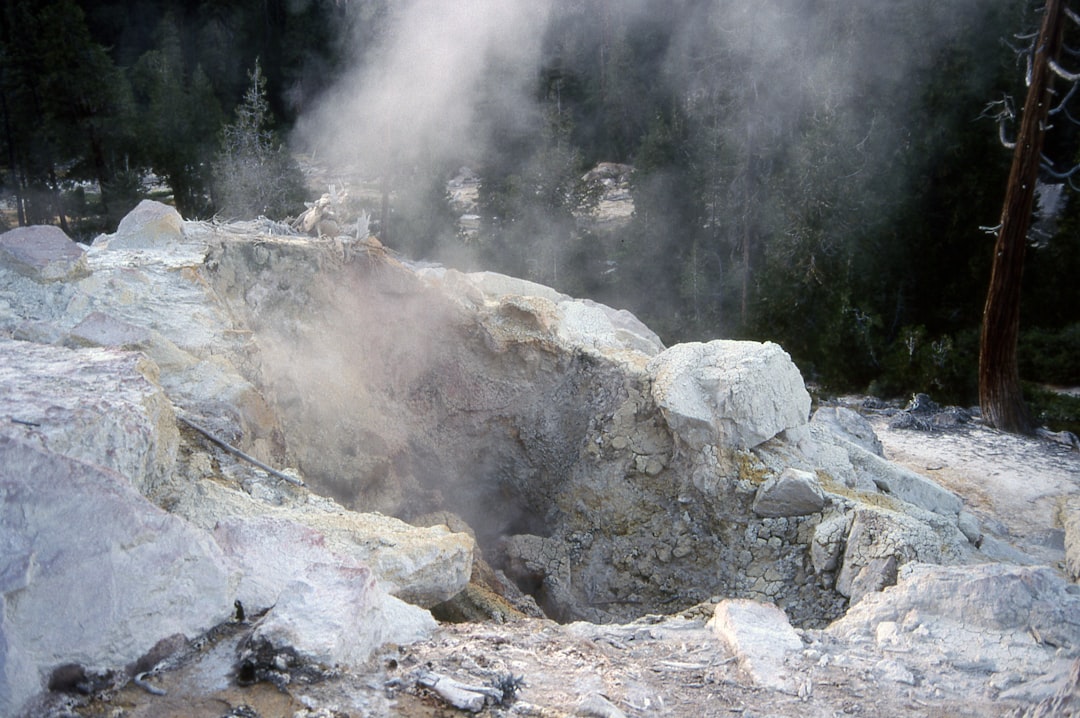What is it about?
Body condition and survival rates have declined in this subpopulation since the 1980s. We conducted an intensive aerial survey to obtain a current estimate of the number of bears in the subpopulation in order to determine whether abundance had changed.
Featured Image
Why is it important?
Climate change via declines in duration of sea ice is the greatest threat to polar bears. The region of Hudson Bay occupied by these bears has about a 30-day longer ice-free season than in 1980. This is reflected in the declines in body condition and survival rates so it is important to determine whether the population is declining in numbers.
Read the Original
This page is a summary of: Estimating the abundance of the Southern Hudson Bay polar bear subpopulation with aerial surveys, Polar Biology, July 2015, Springer Science + Business Media,
DOI: 10.1007/s00300-015-1737-5.
You can read the full text:
Contributors
The following have contributed to this page










